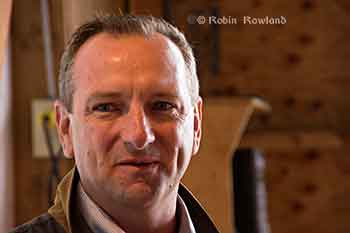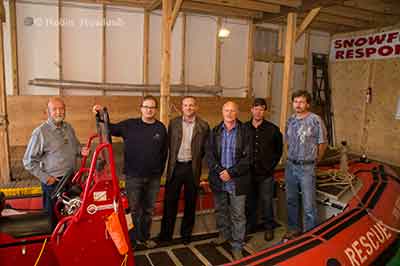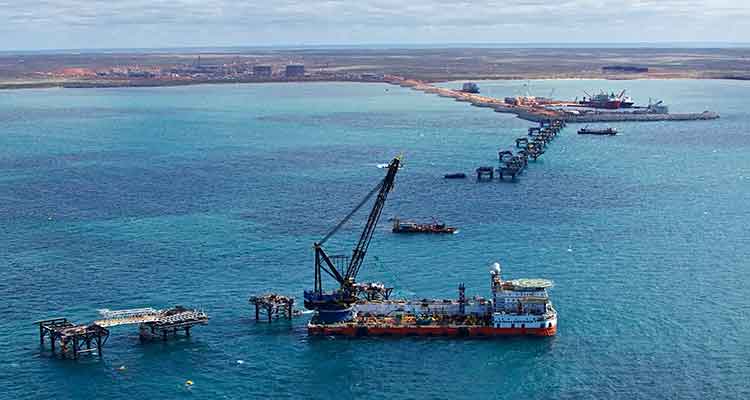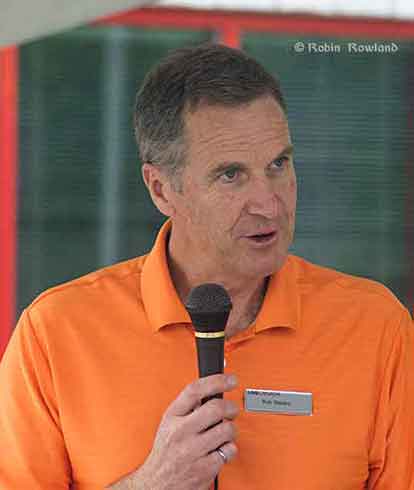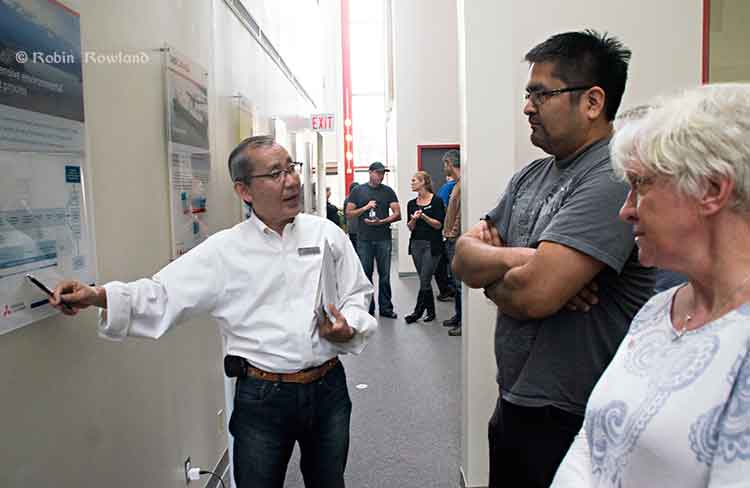Special report: Clio Bay cleanup: Controversial, complicated and costly
![]() The Department of Fisheries and Oceans has declined an invitation from District of Kitimat Council to appear at a special meeting on Monday, September 30 to discuss the Clio Bay remediation project. A representative of Chevron will be in the council chambers at the Kitimat branch of Northwest Community College to make a presentation and answer questions.
The Department of Fisheries and Oceans has declined an invitation from District of Kitimat Council to appear at a special meeting on Monday, September 30 to discuss the Clio Bay remediation project. A representative of Chevron will be in the council chambers at the Kitimat branch of Northwest Community College to make a presentation and answer questions.
The letter from DFO to the council from Dave Pehl works at DFO office in Kamloops says:
Thank you for the invitation to attend District of Kitimat Council meeting on September 30, 2013 to address plans by Chevron Canada and Apache Canada(Kitimat LNG) to remediate habitat conditions in Clio Bay. Regretfully, Fisheries and Oceans Canada (DFO) is unable to attend the scheduled council meeting.
Fisheries and Oceans Canada has reviewed a proposal to dispose of soil materials, generated at the Kitimat LNG plant, in Clio Bay, Clio Bay has been used as a log handling site for decades which has resulted in areas of degraded habitat from accumulations of woody debris materials on the sea floor. The project intends to cap impacted areas with inert materials and restore soft substrate seafloor. The remediation of the seafloor is predicted to enhance natural biodiverstiy and improve the productivity of the local fishery for Dungeness crab. The project area does support a variety of life that will be impact and therefore the project will require authorization from Fisheries and Oceans Canada for the Harmful Alteration, Disruption or Destruction (HADD) of fish and fish habitat.
Mapping of the seafloor in Clio Bay has been completed and the project plans prioritizes capping on areas of dense woody debris, followed by areas of soft substrate with woody debris distributed throughout. Mapped areas that are avoided include hard substrates and sensitive habitats such as freshwater streams and eelgrass beds. Buffers have been allocated around sensitive areas and no capping will be conducted in areas of less 10m in depth. Proposed mitigation to avoid potential impacts to areas outside Clio Bay includes avoiding deposition of material within 500m of the confluence of Clio Bay and kitimat Arm. Some areas of degraded or partially degraded habitat will not be capped to serve as reference areas.
Chevron will be required to conduct a pre-construction, construction and post construction monitoring program. Pre-construction monitoring will include collection of baseline information that will be used to assess effectiveness monitoring during and at the completion of the project. Water quality monitoring for turbidity and total suspended solids will be undertaken during construction to determine if established performance criteria are met. The monitoring plan for the project will evaluate
1. Water quality near the sea floor.
2. Fish habitat quality and quantity
3. Biodiversity of the seafloor ecosystem and
4. Distribution of a fishery resource (Dungeness crab)Reference sites will be used to make comparison between capped and uncapped habitats. Monitoring will continue for a period of five years following the completion of the works. The proponent will be required to report the follow-up monitoring program to DFO in years 1,3 and 5 following construction.
[rps-include post=5057]



